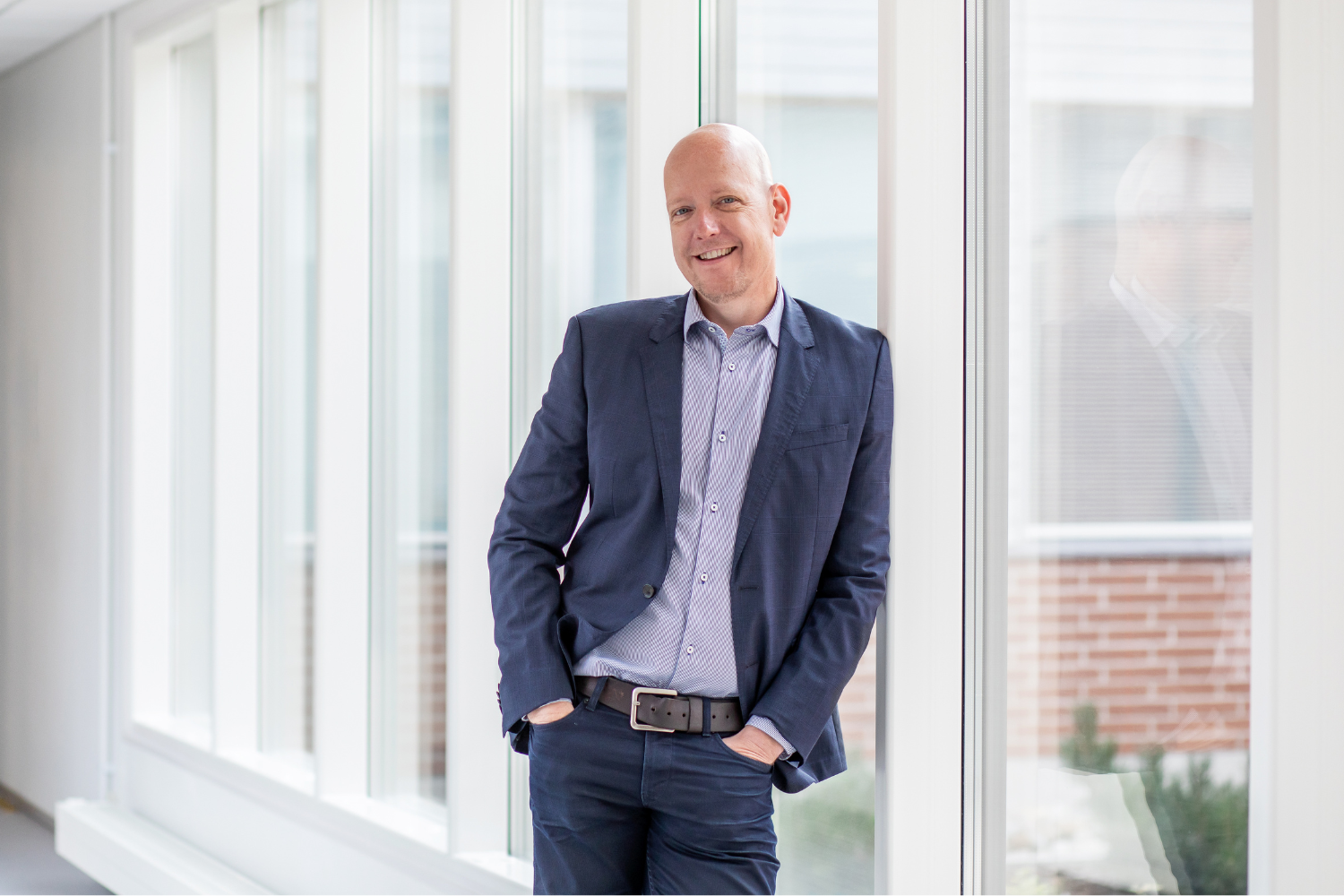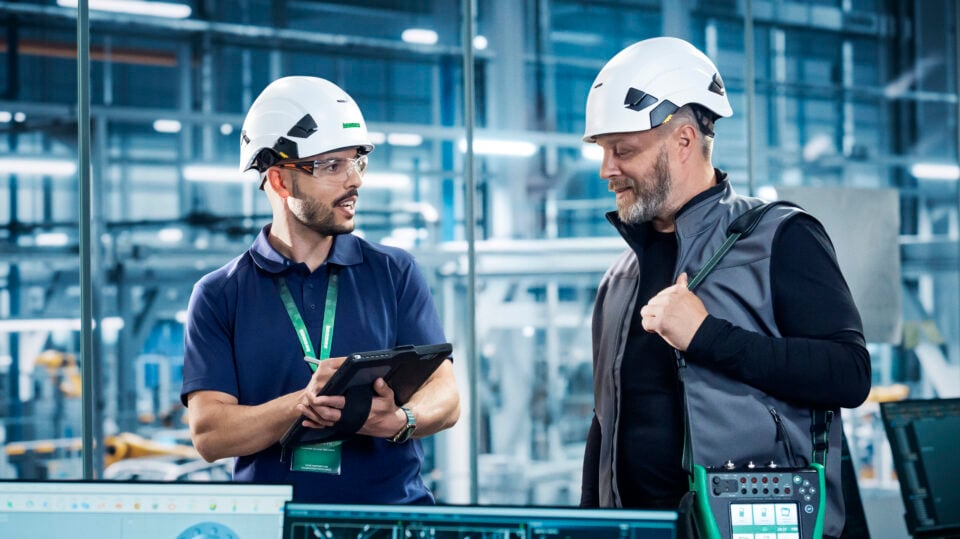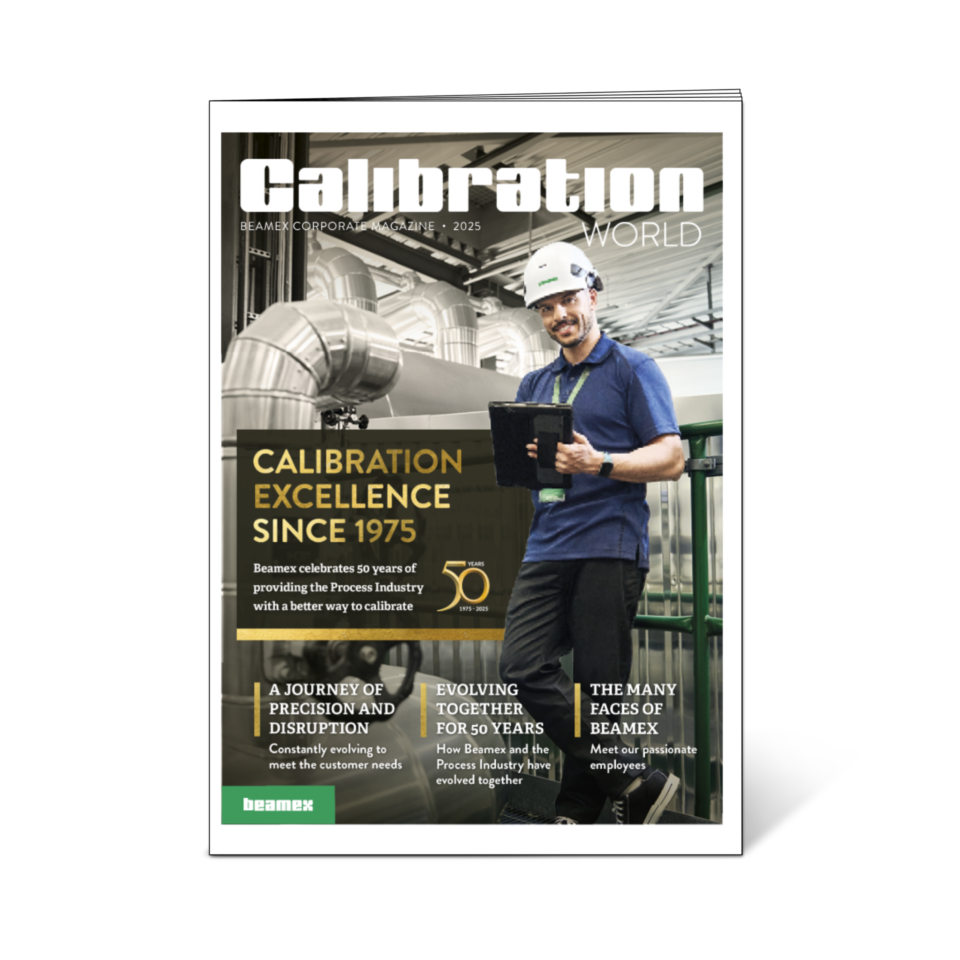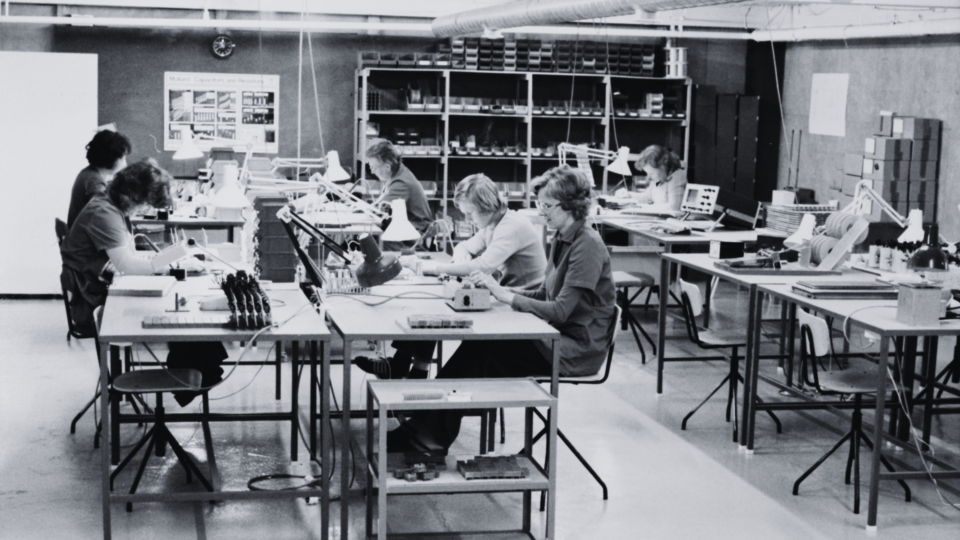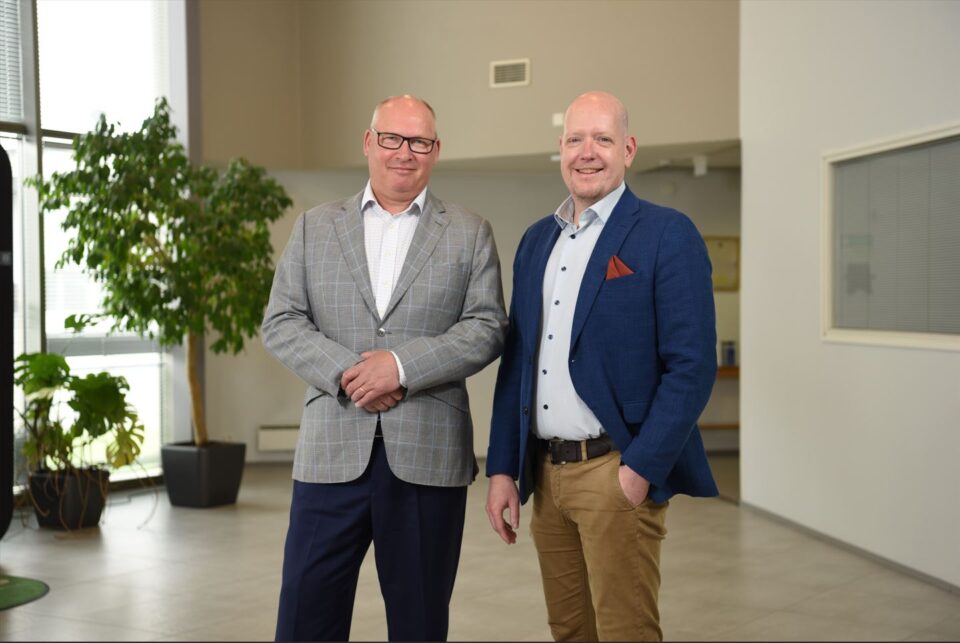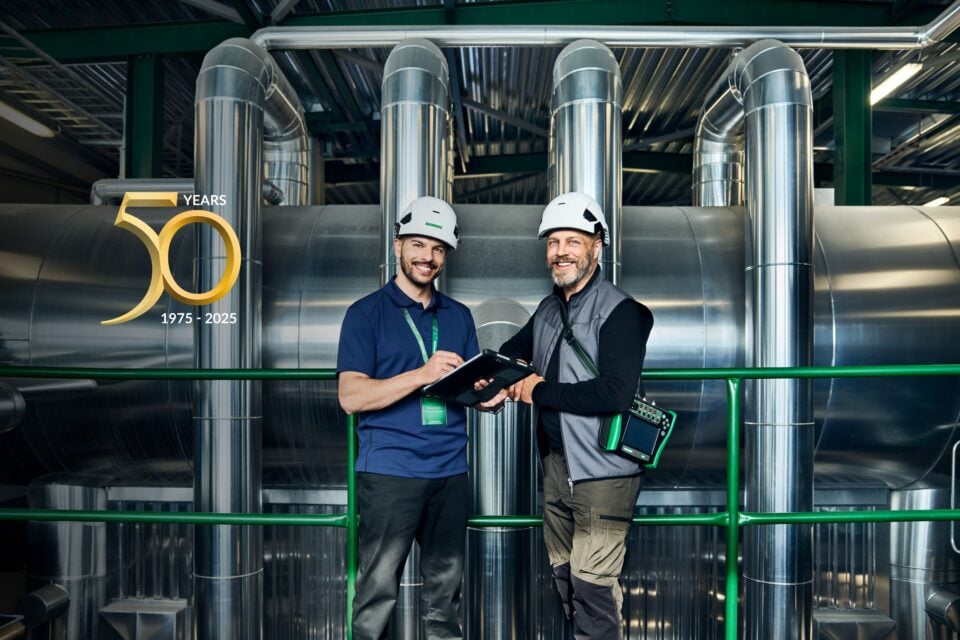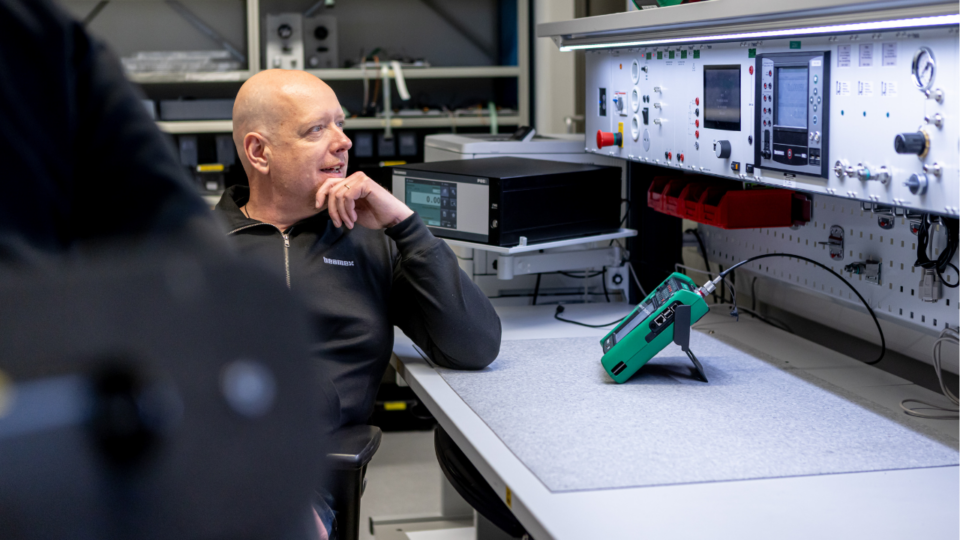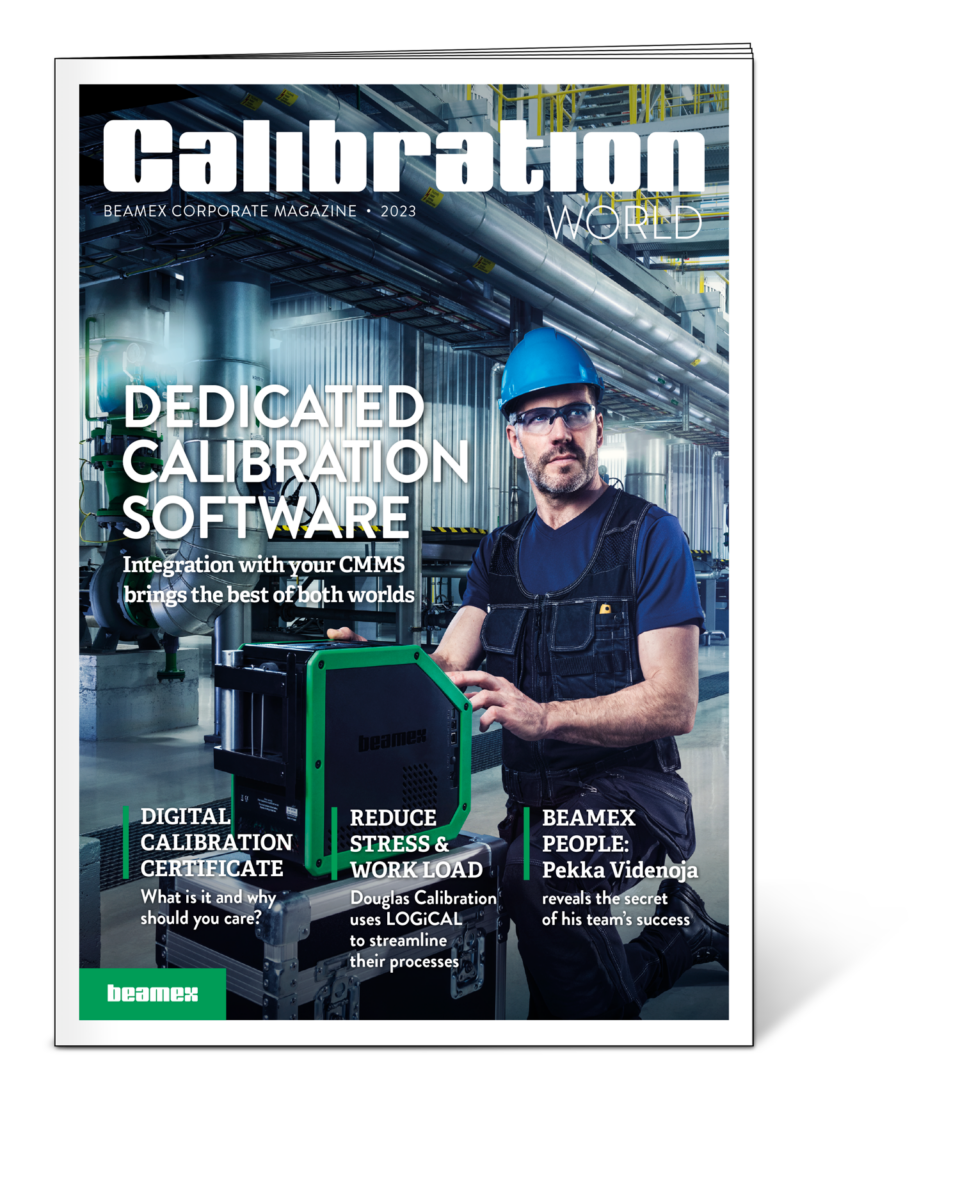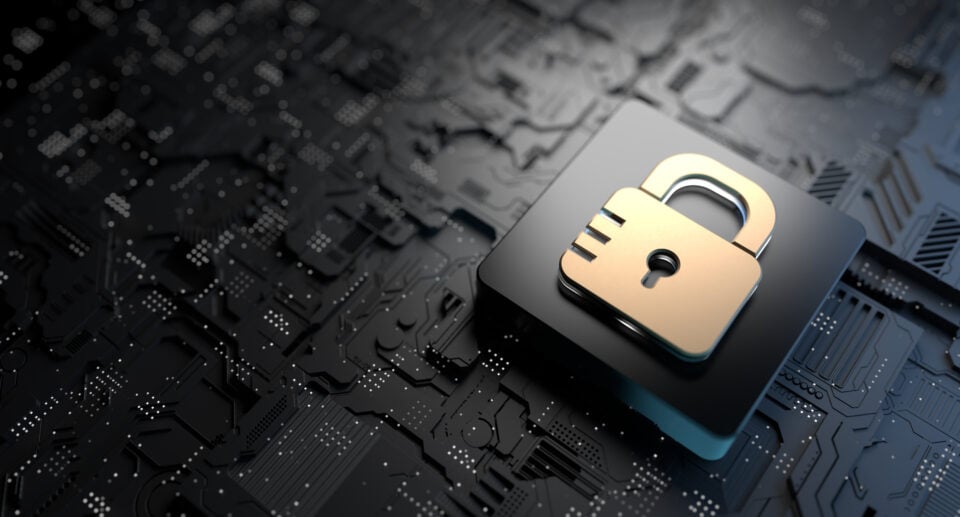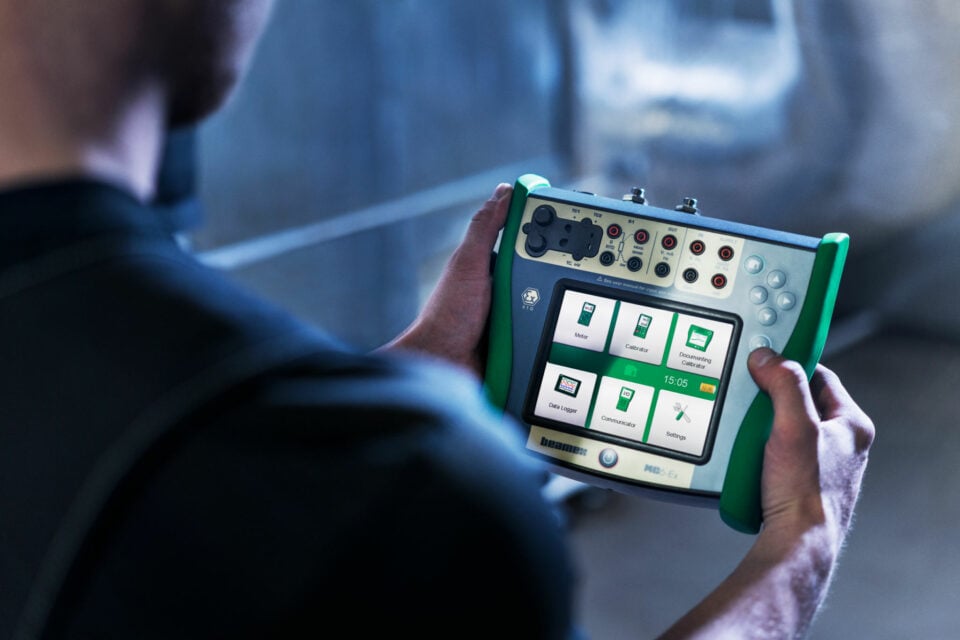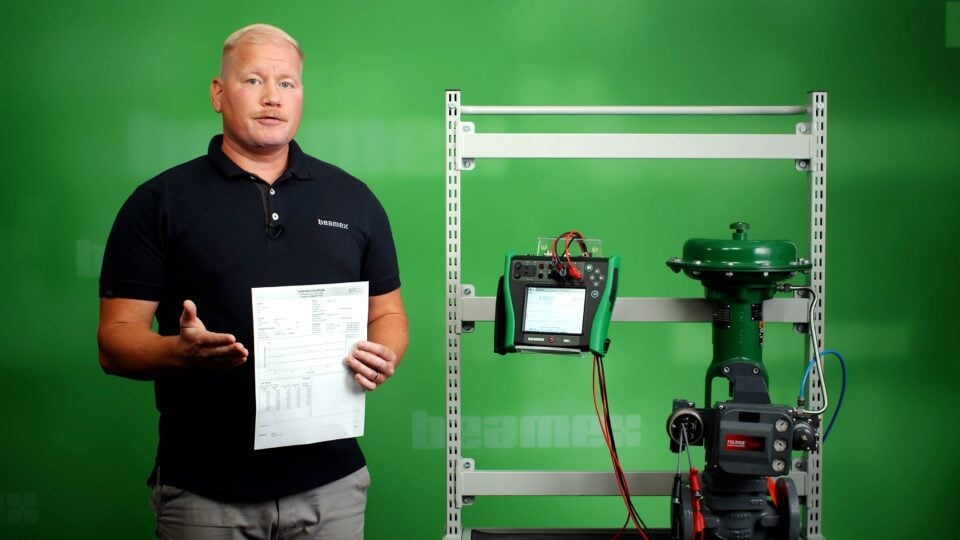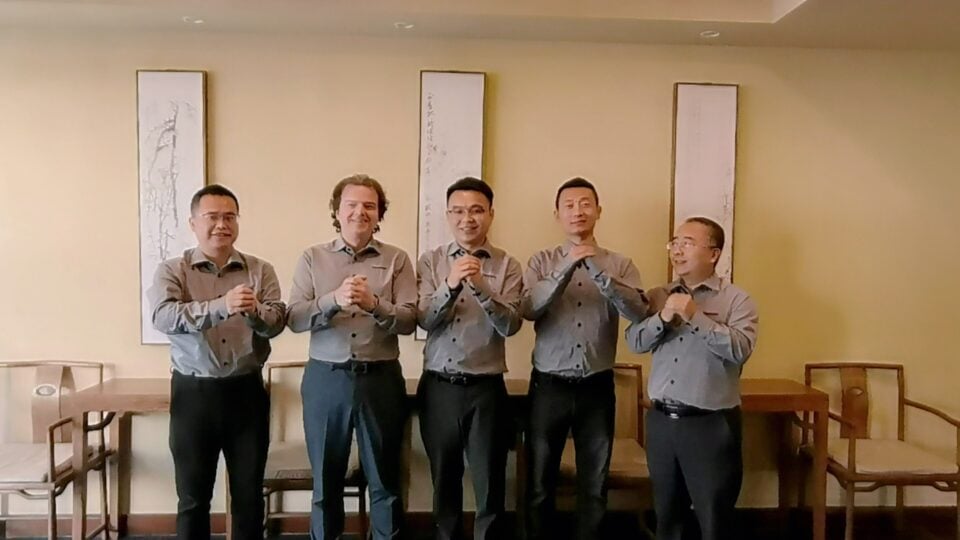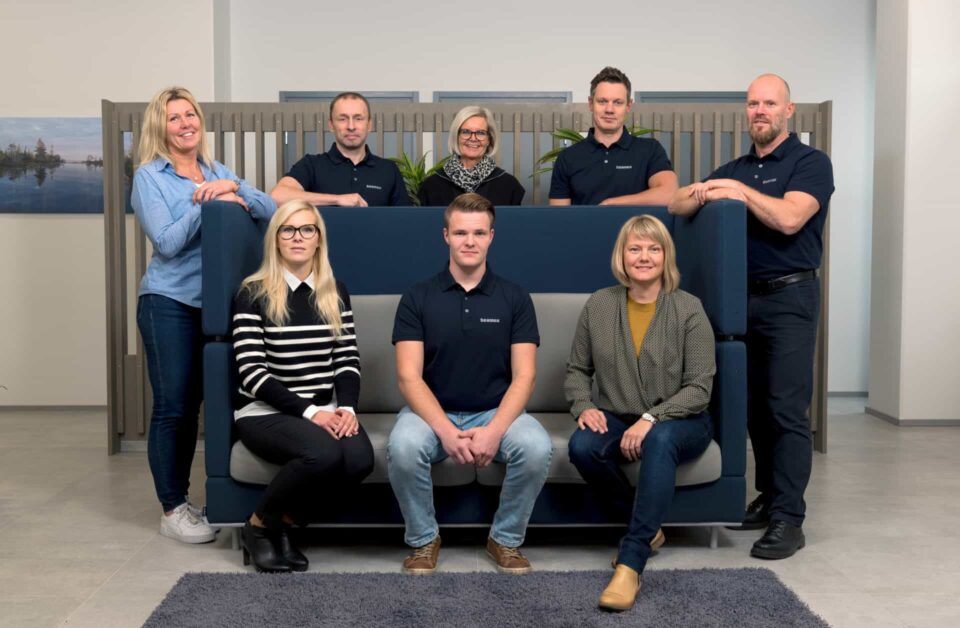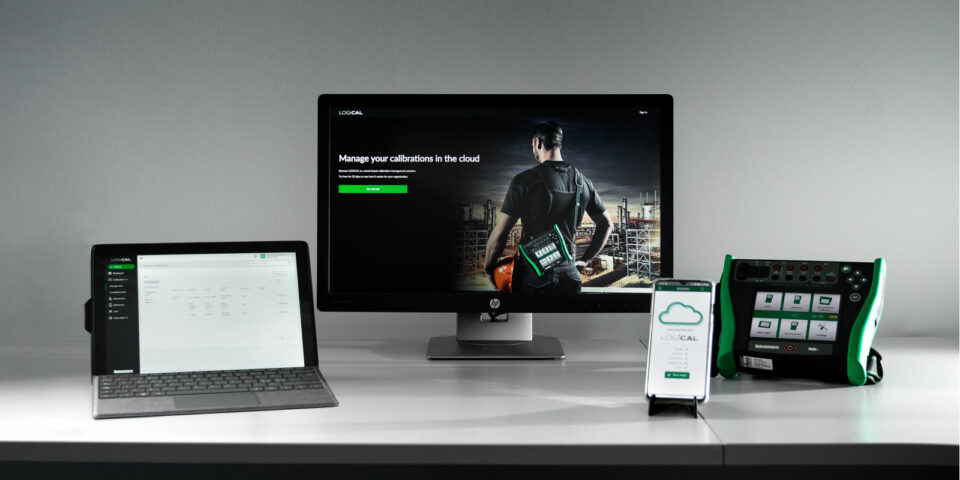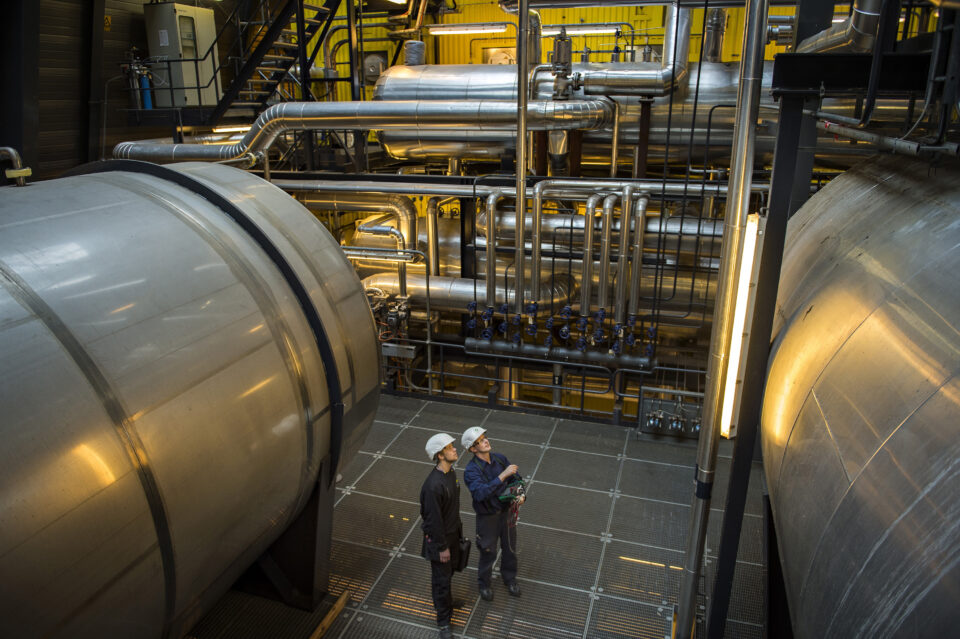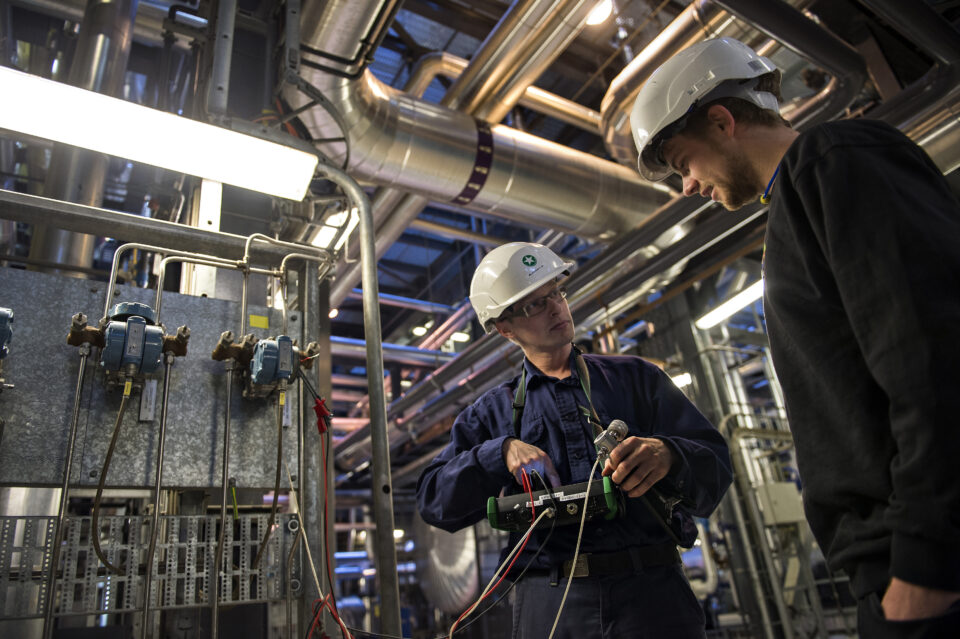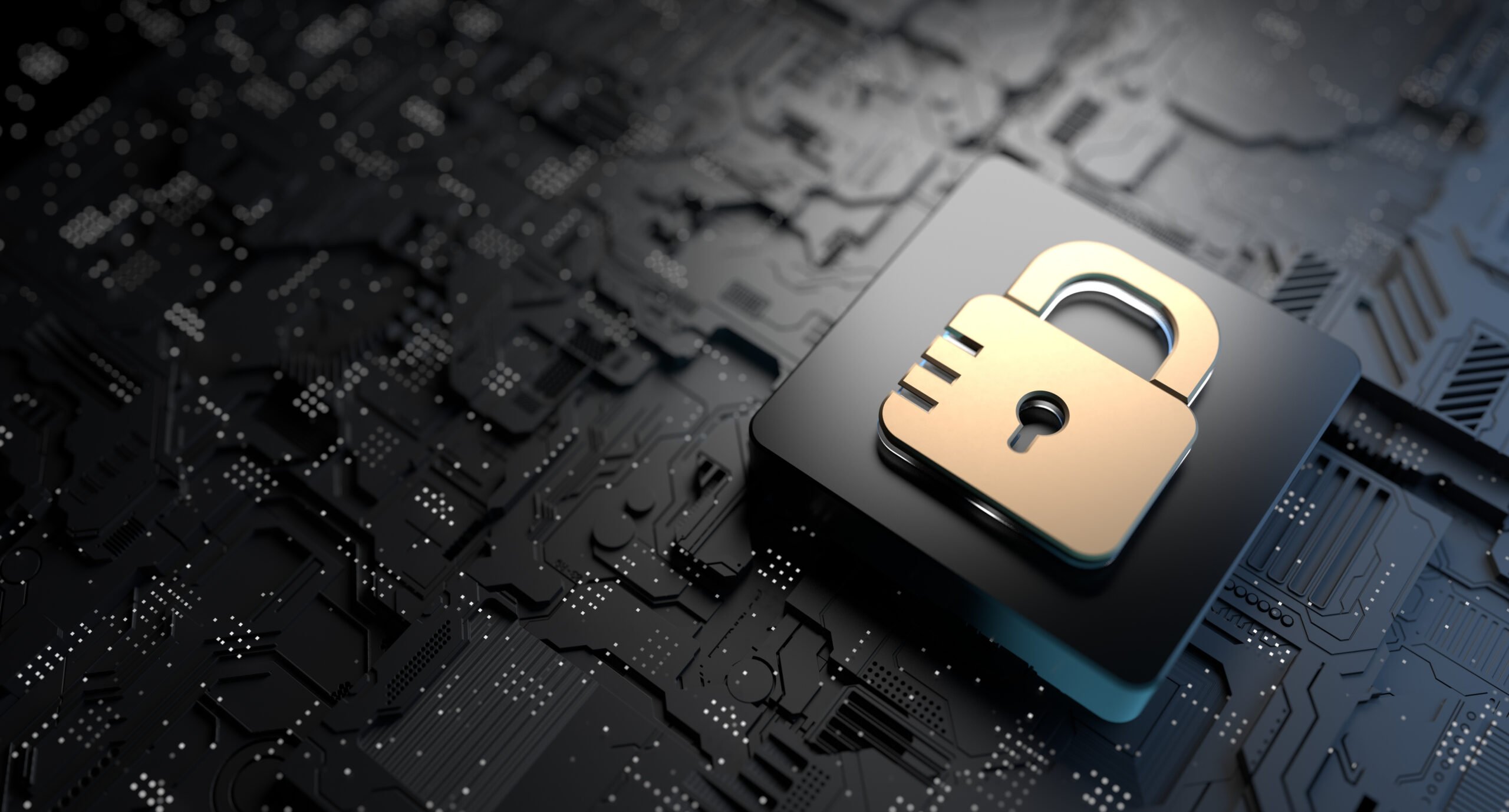
Cybersecurity in an AI-powered world
Jan-Henrik Svensson, CEO, Beamex
After my recent blog on AI, I have been asked quite often recently about its impact on cybersecurity and whether it can be guaranteed any more. My counter is, has the world ever been cybersecure?
The way I see it, there are only two types of organisations out there. Those that have been hacked and those that don’t know they have been hacked. According to research by Forrester, in 2022 alone, 1.2 billion customer or citizen records were exposed in the top 35 global breaches. And the industries that were most targeted included healthcare, public sector, and financial services. And with the advent of AI, you can expect these numbers to go even higher in the coming years. I see process industries being hard-pressed to manage this risk.
According to McKinsey, technologies such as Blockchain, Virtual and Augmented Reality, Advanced Analytics, and Generative AI have the potential to affect up to 20% reduction in inventory-holding costs, up to 30% improvement in labour productivity, up to a whopping 50% reduction in machine downtime, nearly 30% throughput increase and as much as 85% forecasting improvement accuracy. Buoyed by these predictions, many industries have, over the past decade, embarked on adopting various Industry 4.0 practices to avoid becoming obsolete.
Breaking free from digital conservatism
A fascinating example that I follow with interest is that of the UK’s Royal Mint. Over a thousand years old, their primary product (coins and metal manufacturing) is increasingly falling out of favour in our cashless society. As a result, they started diversifying into other businesses, including bullion trading and jewellery. And now, they are starting a business recovering precious metals from electronic waste. To support the new business, the Royal Mint is investing in technology to track the entire manufacturing process – right from the sourcing of e-waste to its processing and the extraction of precious metals. This involves the adoption of cloud computing, digitalising of manual processes, automation, AI and improved cybersecurity. According to reports, the mint’s network perimeter is scanned about 30,000 times a day, with cybercriminals looking for ways to disrupt business.
The Royal Mint’s experience is shared by many process industries that we at Beamex work with as they navigate their digital transformations. Ranging from chemicals to wood pulp manufacturers to even energy utilities and more, these are sectors that have traditionally been conservative in their acceptance of digital tools and technologies but are taking steps to accelerate their use. However, with the pace at which disruptive new technologies have come in, the rapid scaleup and adjustment needed potentially leave many of these industries vulnerable to cyber breaches.
How should companies respond to this? First, we should be looking at cybersecurity by design and not just as an add-on. Cybersecurity principles should be considered at every stage of the manufacturing process, right from design and development to distribution and deployment. Second, there needs to be greater convergence of Operational Technology (OT) data with Information Technology (IT) data to help identify the weak links and leverage technology to help eliminate them. For example, secure processes can be created for machinery and sensors to convey OT data to the cloud. Machine learning and AI can then analyse this data to identify fraudulent patterns and activities that are indicative of cyber breaches and attacks, strengthening overall cybersecurity. Third, cybersecurity by design principles should be extended towards the entire ecosystem, including vendors and partners, ensuring that every stage of a company’s business model is cyber secure. This is especially important, considering how connected everything is. The most secure industrial automation system could be breached by something as overlooked as a connected but unsecured HVAC system.
Cybersecurity by design
Here, I have examples from within Beamex, where we work on the principle of cybersecurity by design. As we produce calibrators as well as calibration software, we have visibility into what goes in both these spaces allowing us to track the data that is being produced by calibrators and understand how it goes into the IT world and where it is being used by different kinds of technologies. Additionally, having invested in the software side, we are able to help our customers choose between a closed system (Where information is not shared outside), or a hybrid system (where we process the data ourselves). We even have a service called Security Plus, where our customers have the option to ensure that only they can use a product and that everything that is fed into it and produced by it can be tracked. For customers, this diminishes any weak links associated with vendors.
Principles like these are what will ensure that process industries are able to continue to digitalise while still preserving their cybersecurity. After all interoperability and modularity are some of the founding principles of Industry 4.0, and no company can afford to ignore its benefits. Rather, the goal should be to leverage these technologies to make your digital journey smoother.
That said, the pace of technological advancement is quite fast and just as industries are getting used to one disruption, another one pops up. In our efforts to create a safer and more transparent world, we at Beamex are following all these trends closely and consulting with our customers on the best way to leverage them. If you are interested in collaborating with us, feel free to reach out. My doors are always open.
You might also find interesting
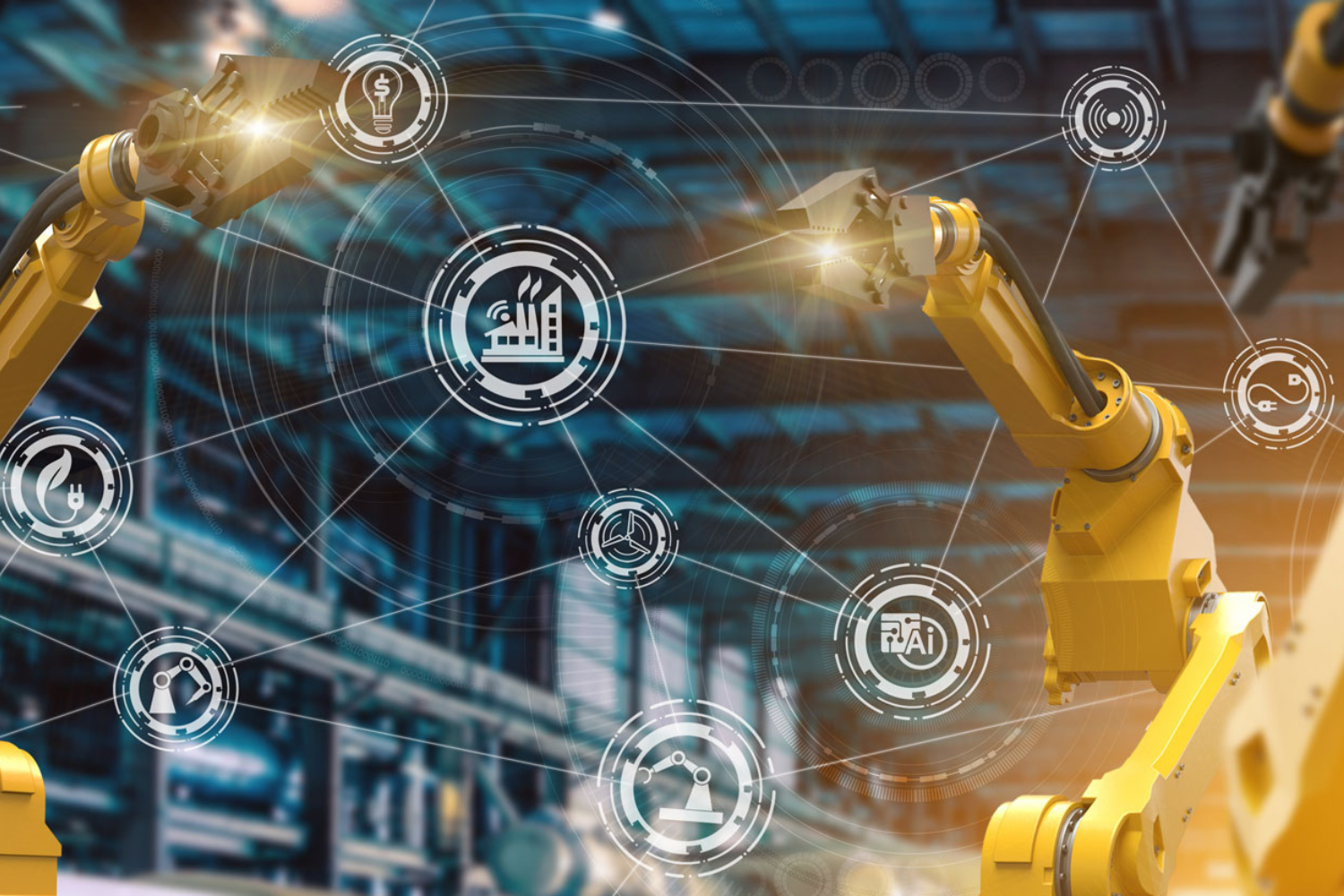
For a safer and less uncertain world
Welcome to our series of topical articles where we discuss the impact that accurate measurement and calibration has on the world and our everyday lives.
